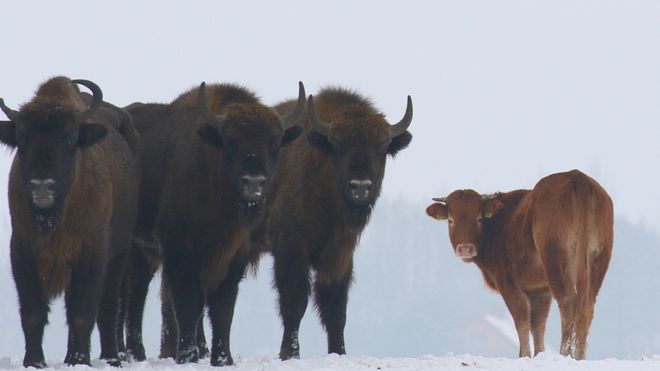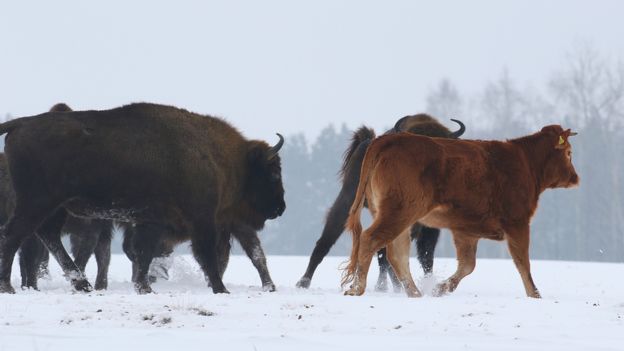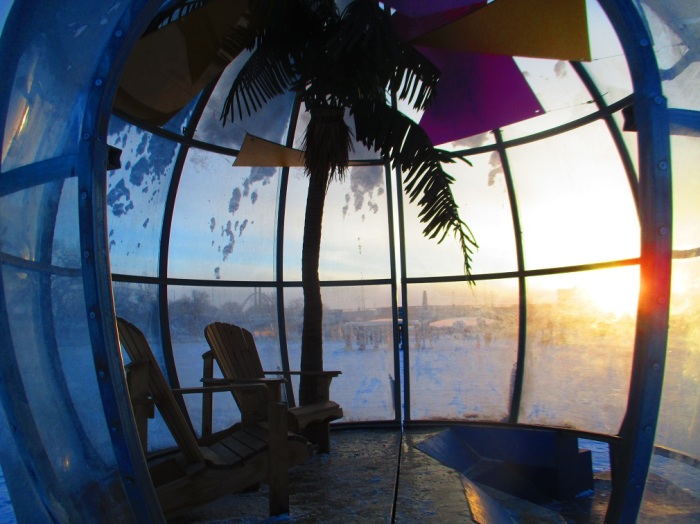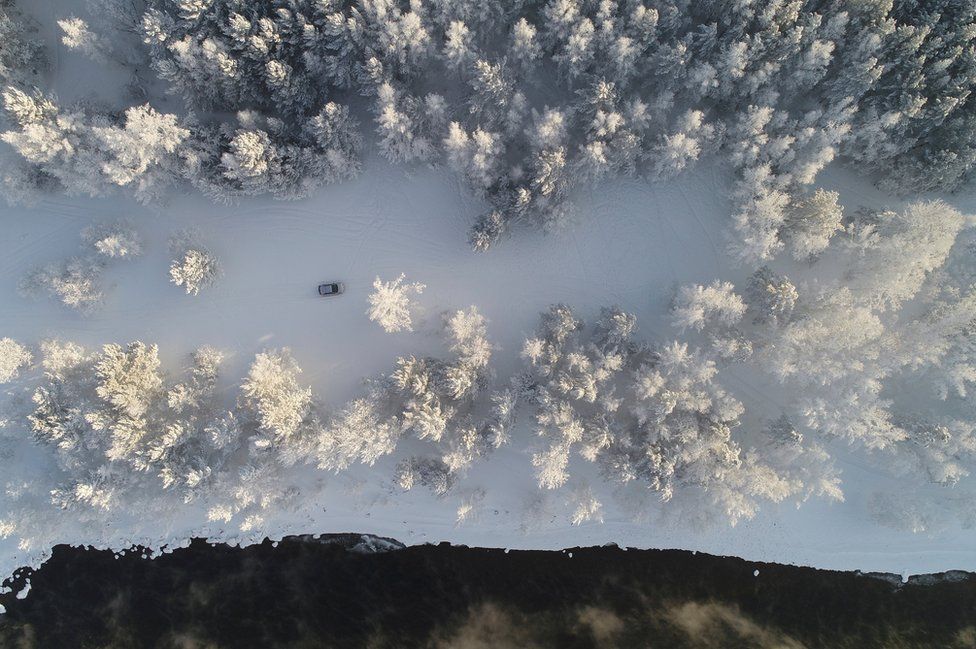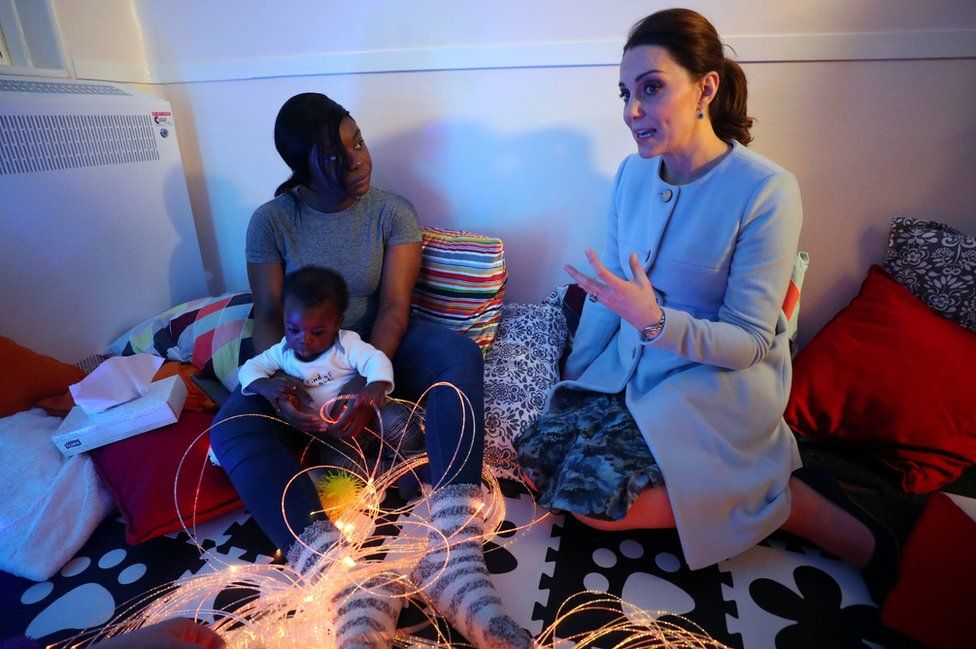Lake Winnipeg ice fishers reeling in ‘fish of a lifetime’ thanks to 1997 flood, says veteran angler
‘It’s probably the best walleye fishing in the world right now,’ says nature guide and fisher Lee Nolan

The Flood of the Century may have spawned the largest walleye that Lake Winnipeg ice fishers have seen in recent memory.
Veteran ice fisher and nature guide Lee Nolan said this year, fishers are finding giant walleye in Manitoba’s largest lake — and he said it all started with excellent spawning seasons.
“So back in 1997 and 2000, when we had very high water, walleye had a very, very good spawn,” said Nolan. “So you’ve got year classes of fish.”
The 1997 spring flood that affected large parts of Manitoba is considered the Flood of the Century, meaning the water reached the highest point it’s expected to reach in a century.
“Those fish are getting very mature now, so that’s why you’ve got a higher percentage of the biomass in the lake [that] is actually very, very, large fish.”
So how big are the fish?
“I believe the current ice-fishing record is about 35, 36 inches [roughly 90 centimetres] and I think there’s some fish that size out there,” said Nolan, adding so far, the biggest one he’s caught was 32 inches (81 centimetres).
“They’re very healthy, girthy fish.… It’s probably the best walleye fishing in the world right now for large walleye,” he said.
“We’ve got a good shot at breaking a world record up here this year, I think. There’s lots of people catching fish of a lifetime out there right now.”
Walleye weigh roughly one to two kilograms (two to four pounds) in a normal year, said Nolan. This year, they’re seeing seven-kilogram (or 15-pound) fish.
Staying on topic with ice fishing, below is a collection of Canadian ice fishing huts compiled by Modern Farmer.

As with any fishing trip, trolling the Great White North for char, smelt, and salmon requires a pole, bait, and enough beer to keep your buddies in good spirits. But given the potential for -40° temperatures and howling winds, Canadian anglers insist on shelter, too.
Not that it has to be sophisticated. The basic requirements include a roof, four walls, and a hole cut in the floor through which to lure the catch of the day. Scrap plywood and repurposed two-by-fours constitute the most popular materials. Indoor amenities range from a woodstove or propane heater to a kitchenette or satellite TV. Though Quebecois are known for kitsch and Newfoundlanders for dogged wit, a certain patriotic scrappiness reigns supreme, which is why Toronto architectural photographer Richard Johnson turned his lens toward the makeshift homesteads. “All the work I do for architects is highly polished,” he explains. “I was drawn to ice huts because they are crooked and textured and every one is so different.”
Beyond Photoshopping out the inevitable yellow pee stains around these man caves, Johnson took a hyperrealistic approach—employing a straight-on angle, gray-sky lighting, and a chest-high horizon line—to bring the unique qualities of each shack into sharp focus. “I see them as portraits of the hut owners without the owners present.”

Saskatchewan Though the antlers are purely decorative, those red reflectors serve a purpose: protecting this Anglin Lake hut from post-dusk snowmobilers.

Saskatchewan Pickup-truck campers are prevalent in Regina Beach. Note the gas-powered auger—the power tool of choice for making a hole in the ice.

Prince Edward Island Windowless huts dot the island’s 1,100 miles of coastline, allowing spearfishermen a clear view of their prey beneath the ice. This “darkhouse,” set atop skis, can be easily towed by a snowmobile, a four-wheeler, or a few gruff guys.

Ontario Snapped on March 14, the last day of Ontario’s winter fishing season, this image depicts a hobbit-sized hut about to be pulled off Lake Simcoe atop a sled.

Ontario Temporary power lines from the mainland allow the owner of this dwelling—part of a small village that appears every winter on the Ottawa River—to fish after sunset on a winter’s eve.

Ontario An Ottawa River shack exuberantly complies with the province’s license-number laws.

New Brunswick Heavy snowstorms left much of the province—including this camouflaged Kennebecasis River cabin—inaccessible last year.

Newfoundland What this remote island lacks in material wealth, its people make up for in ingenuity. The owner of this shack MacGyvered an old washing machine to serve as a wood-burning stove. “They repurpose whatever they can,” says Johnson of Newfoundlanders.

Manitoba The upside of Lake Winnipeg’s brutal winters? Extra-thick ice able to withstand the weight of relatively luxurious RVs.

Manitoba This plywood hut sports an “addition” on one end. “When a family expands,” Johnson explains, “they’ll knock out walls and build on.

Nova Scotia No bigger than an outhouse, this one-person shelter can be flipped on its side and scooted off the ice via side-mounted skis whenever Silver Lake’s mild maritime climate experiences a thaw.

British Columbia In Canada’s least wintry province, “most people just drill a hole and sit on lawn chairs,” says Johnson, making this Charlie Lake structure a rarity.

Alberta The folks of Alberta, known as “the Texas of Canada,” live large. Good thing, then, that the winter ice is thick enough to support six-person huts.

Alberta Like Texans, Albertans don’t hesitate to express regional pride.





